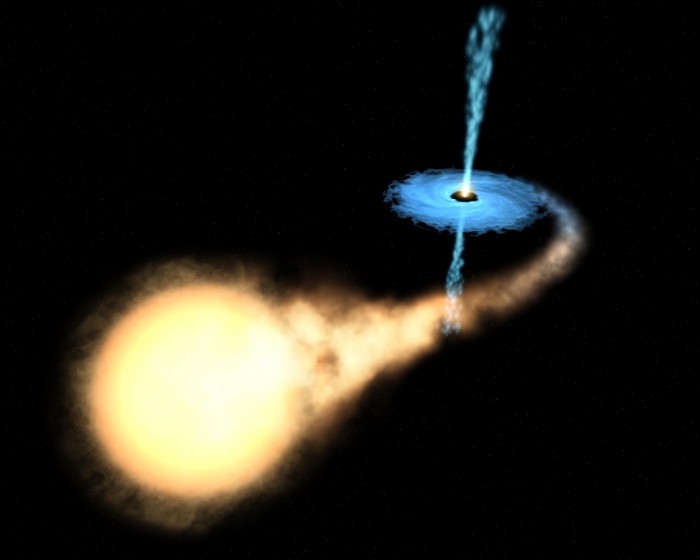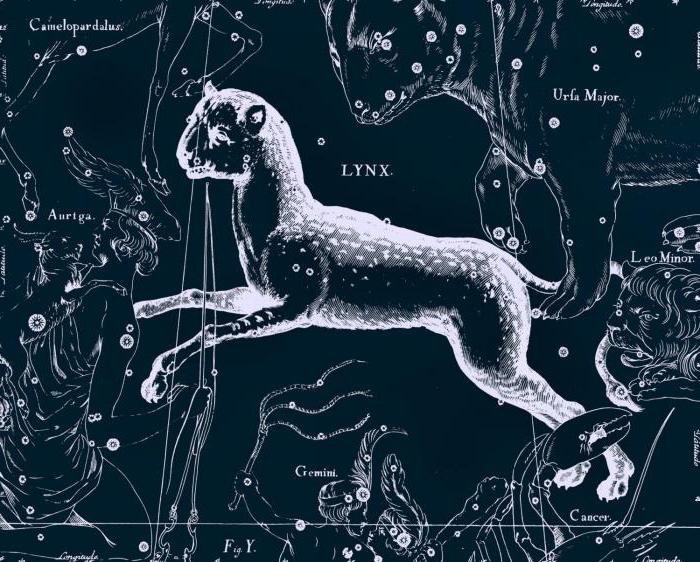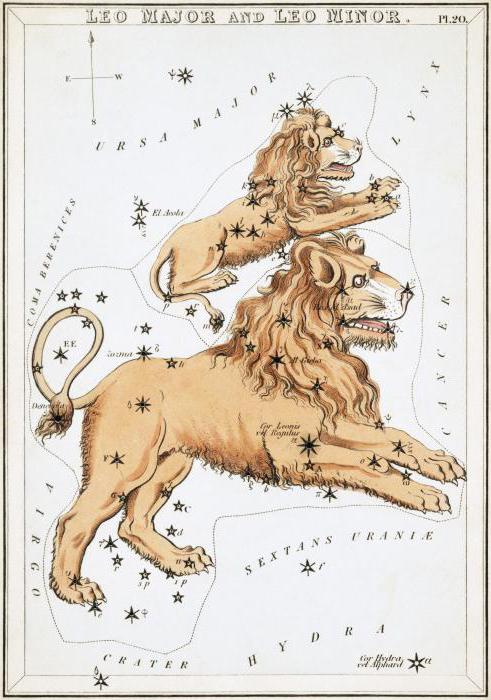Scorpio - a constellation of bright lights and unexpected finds
Scorpio - the constellation is the most wrong, from the point of viewview of the zodiac circle. According to the boundaries of the constellations finally approved in 1935, it takes only a small piece of the ecliptic on November 23-29, after which the Sun goes into the constellation Ophiuchus, which is not considered a zodiacal. Because of this, the astrological community constantly disputes about the truth or falsity of horoscopes associated with Scorpio. However, in this article we will talk about the knowledge gained by those who are patronized by Urania.

General excursion
In the firmament there are not so many constellations,really similar to the object they represent. Heavenly Scorpio actually resembles the earthly arthropod. It is no accident that the Aztecs, quite independently of the Greeks, called it by the same name. Very interesting and the fact that the constellation of Scorpio in the sky with its relatively small size is very bright: more than a dozen stars in it brighter than 3m. If you look at it where there is nolight "smog" (in the countryside), it is perfectly visible that Scorpio is like swimming in the Milky Way, plunging its "tail" into one of the richest sections of the sleeve of our Galaxy.
The most interesting objects
Antares. The brightest star in the constellation of Scorpio, is included in the host of the most visible lights on the earth's sky. Red supergiant, very similar to Mars and its color, and brightness (0.86m). It is a visual double star, and in the blood-red glow the bluish-white Antares seems green.

Beta Scorpio (Aqrab). This star is like a Russian doll. At first it was assumed that this is a classical double star. However, careful studies have shown that in the Aqrab system at least five stars revolve around their companions. It is assumed that the fivefold is not the limit.
Scorpion X-1. The strongest source of radiation inX-ray range, second only to the Sun. In its place was discovered the hot blue variable V818 Scorpio. Suspected the presence of a dual system with a neutron star.
GRO J1655-40. A double star, one of the components of whichInvisible from the Earth. Nevertheless, it was possible to establish that the invisible literally devours gas, "pulled" from the visible star. Perhaps Scorpio is a constellation that has a "proper" black hole.

1RXS J160929.1-210524. Orange dwarf, inferior to the Sun by weightonly 15%. In 2008, this star discovered a planet with 8.4 masses of Jupiter, which was photographed for the first time in the history of astronomy using a telescope.
Gliese 667C. This is already quite well studied by astronomersthe star in 2013 gave them a surprise (in general, Scorpio - a constellation of surprises.) Three super-earth type planets have already been discovered, and they are at such a distance from the luminary that allows the presence of water in their liquid state on their surface. Now scientists are looking for the fourth.
To this we should add that it is in the constellationScorpion in 134 BC. e. the outstanding astronomer of antiquity Hipparchus observed the birth of a new star. This event prompted him to begin compiling his famous star catalog, the first in Europe.
Scorpio is a constellation not deprived by other astronomical objects. On its territory are five star clusters: two spherical and three scattered.








